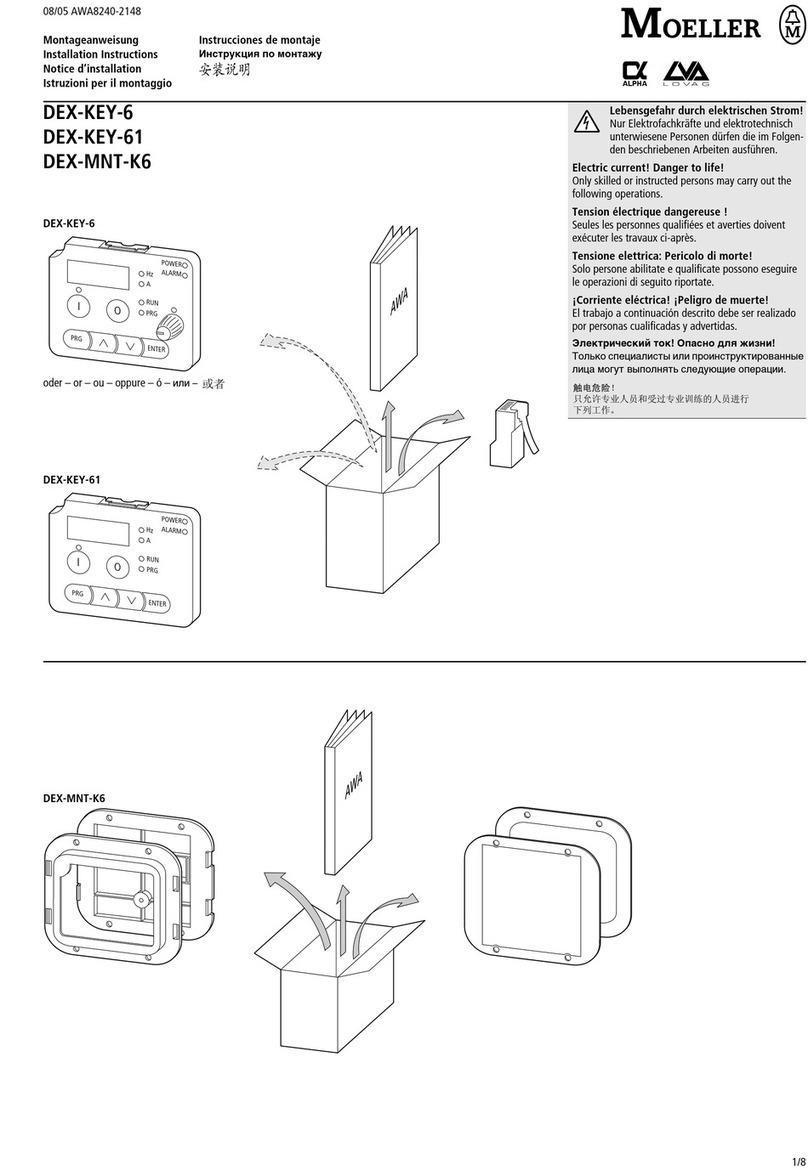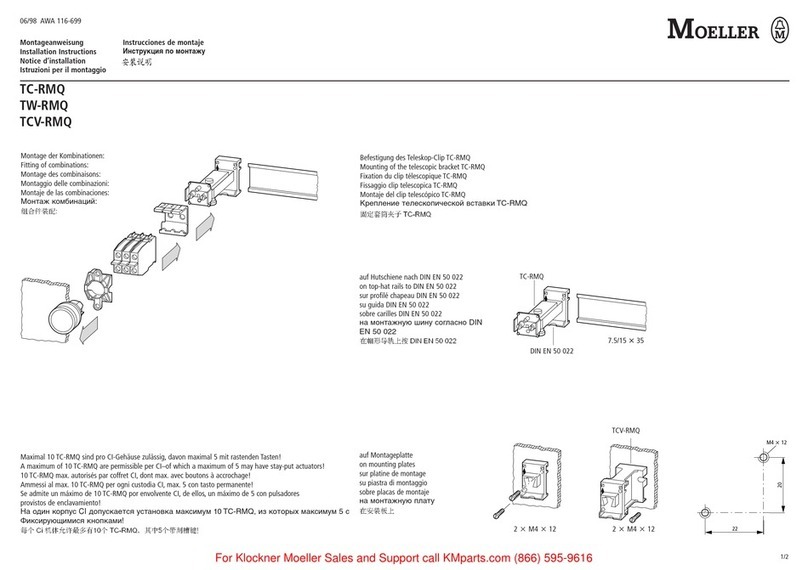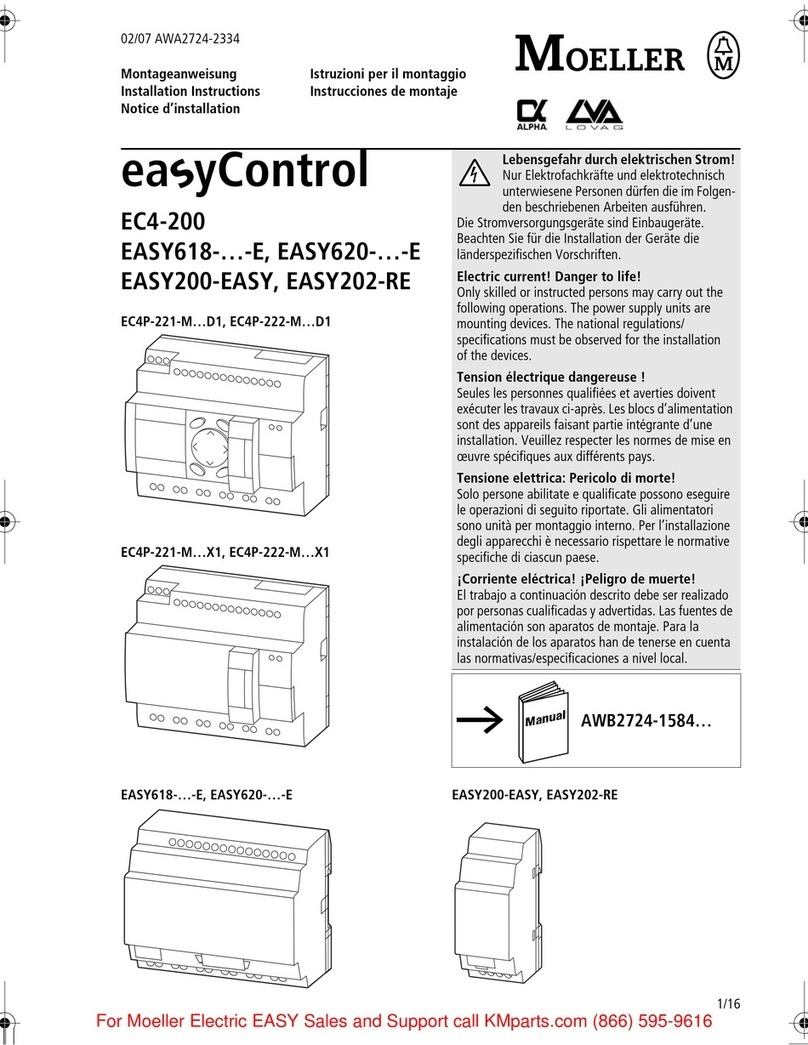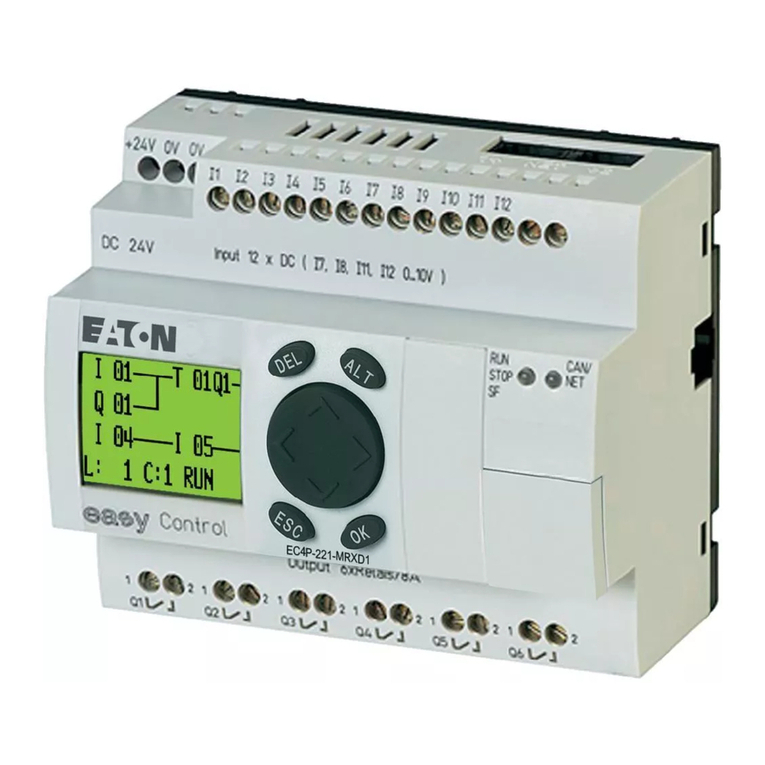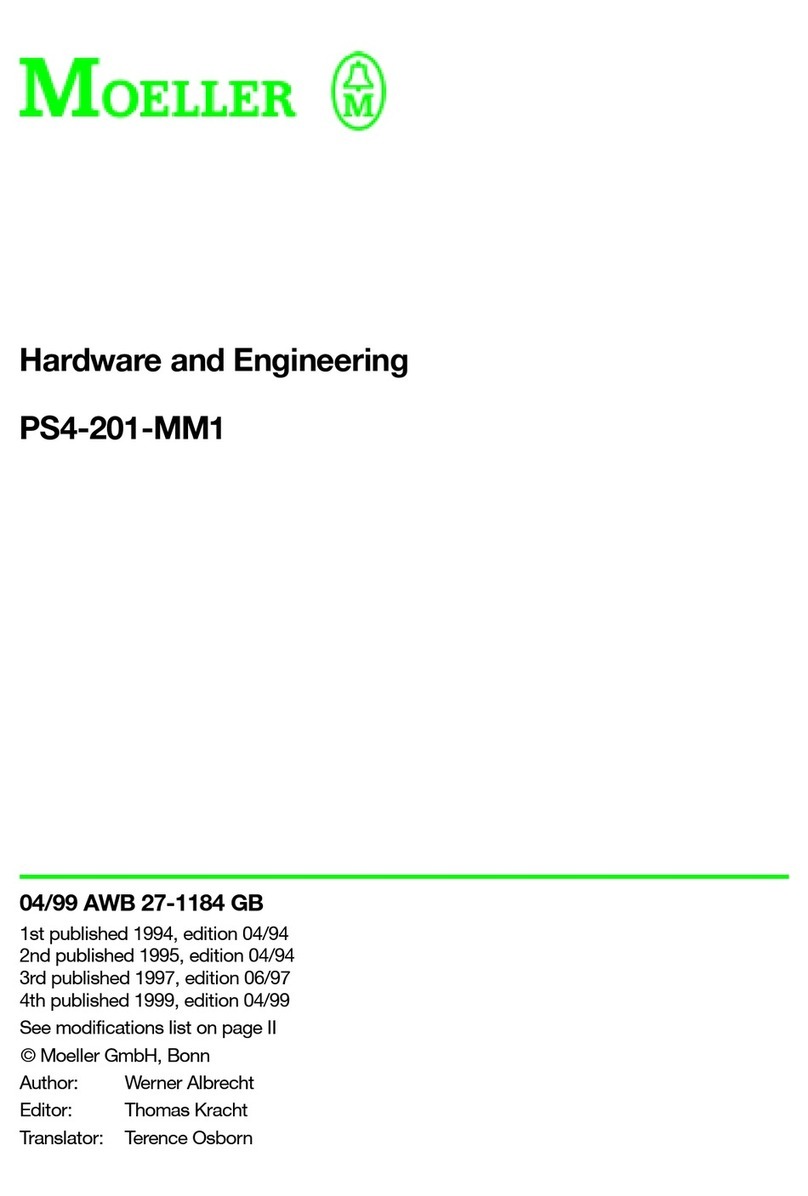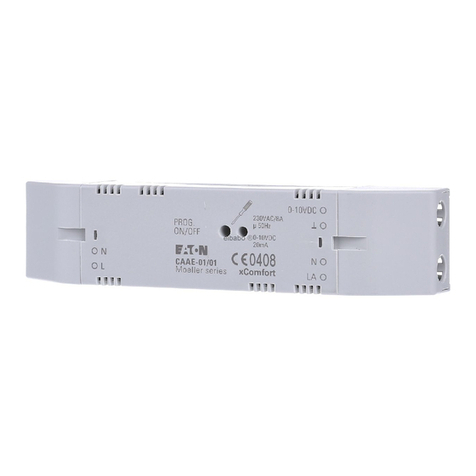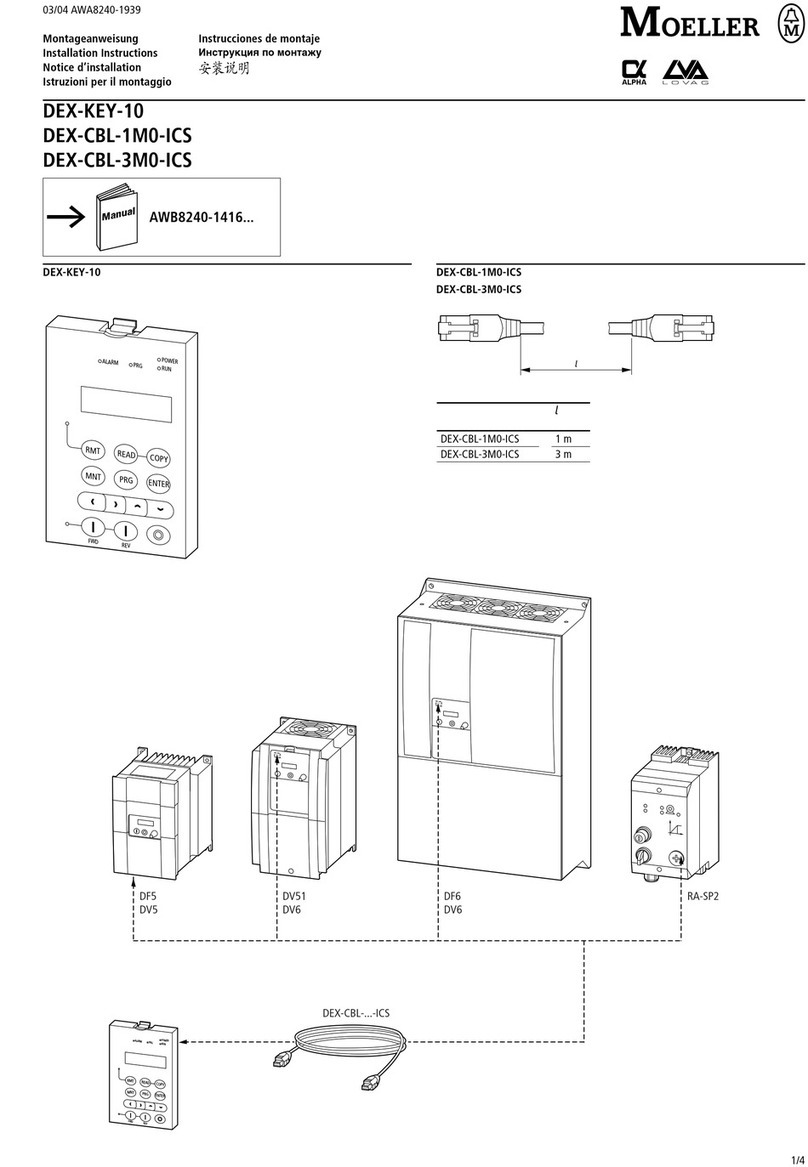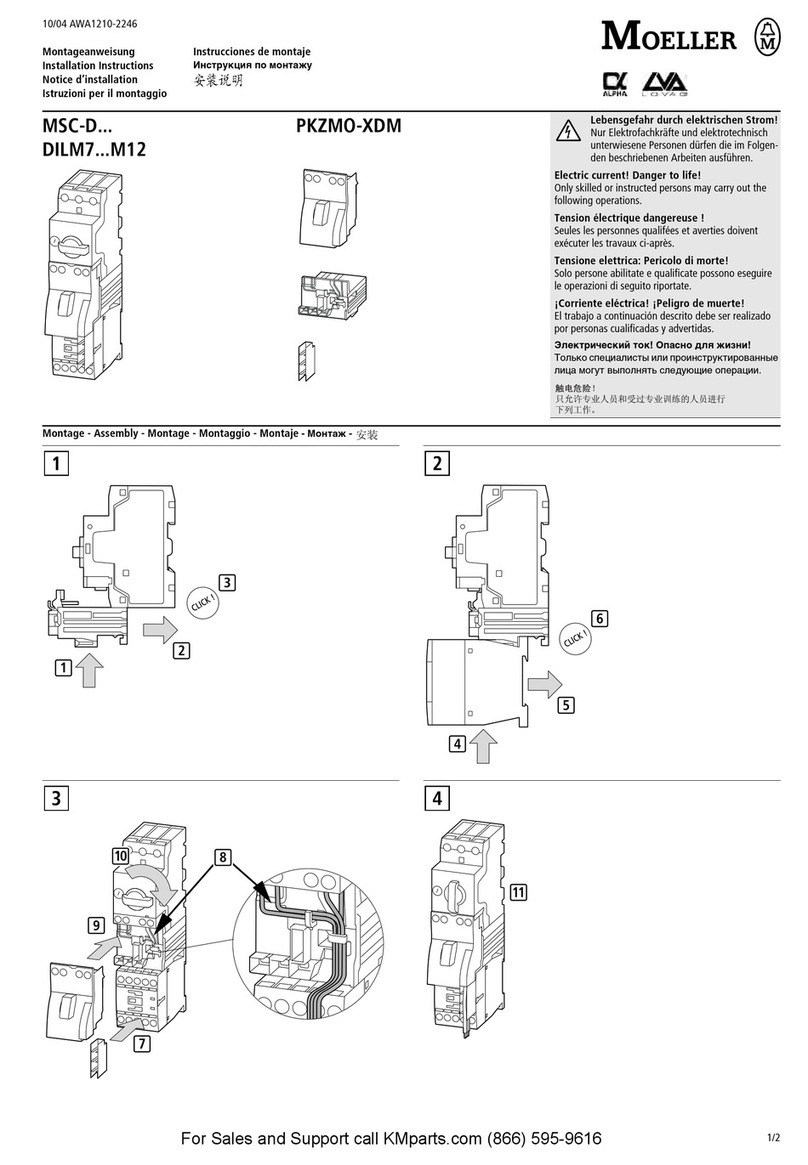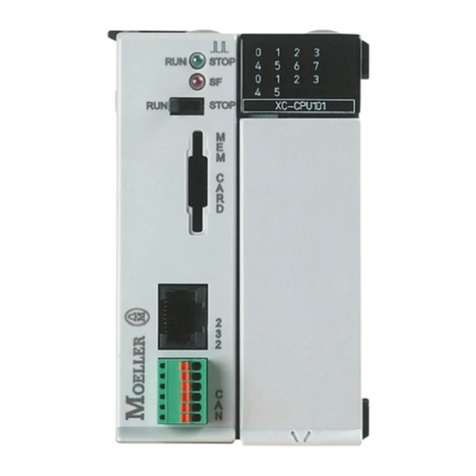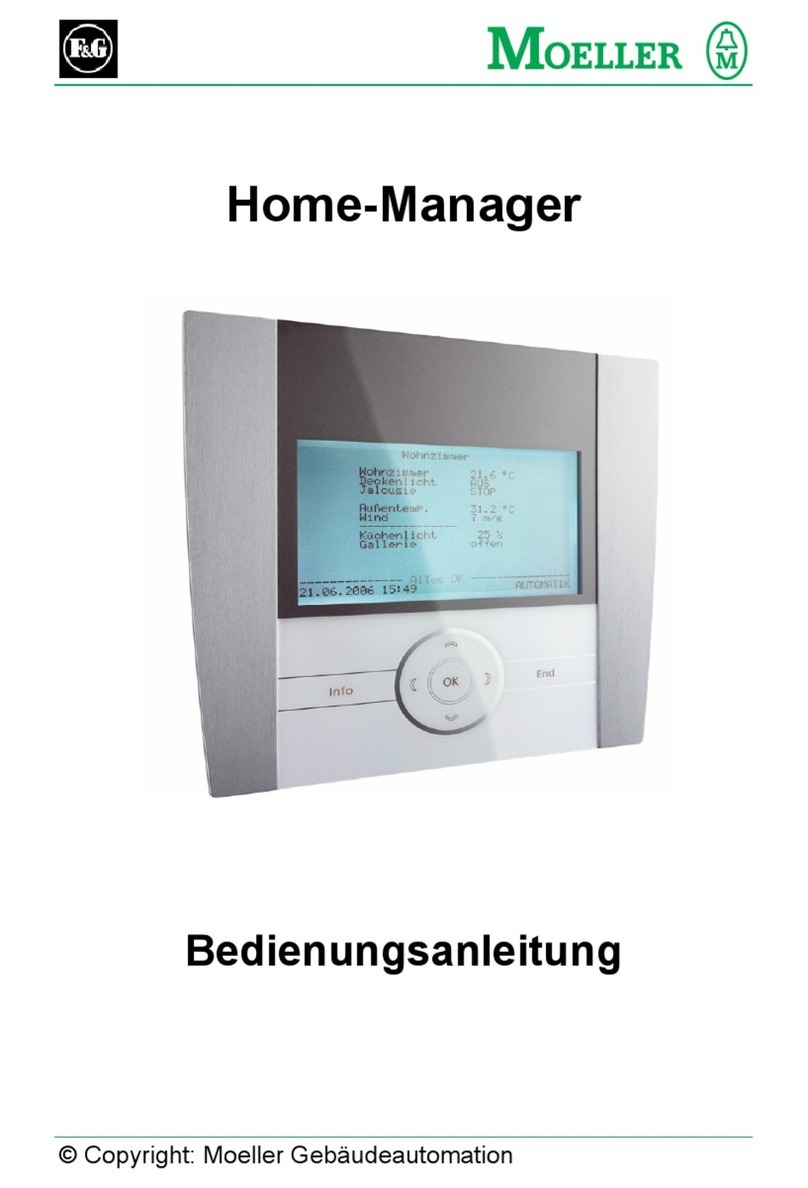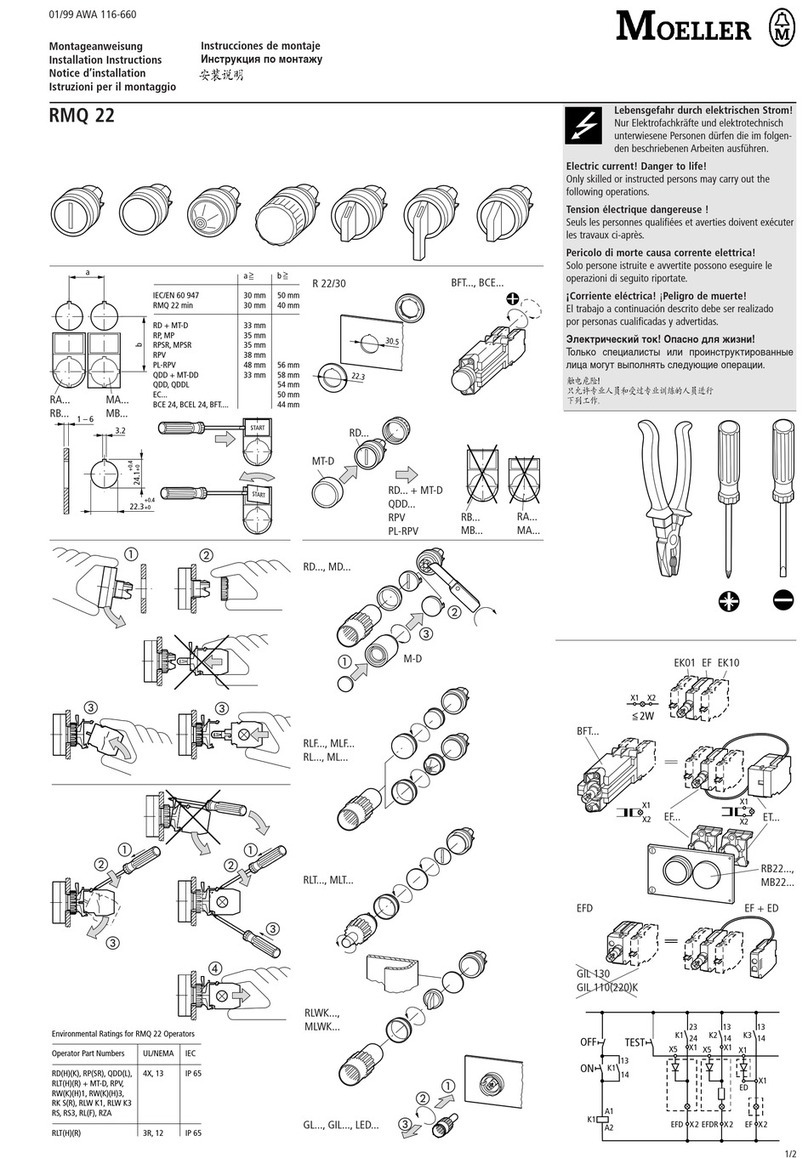
Caution!
Dangerous electrical voltage!
Before commencing the installation
●Disconnect the power supply of the
device.
●Ensure that the device cannot be
accidentally restarted.
●Verify isolation from the supply.
●Earth and short circuit.
●Cover or enclose neighbouring units that
are live.
●Follow the engineering instructions
(AWA) of the device concerned.
●Only suitably qualified personnel may
work on this device/system.
●Before installation and before touching
the device ensure that you are free of
electrostatic charge.
●Connecting cables and signal lines
should be installed so that inductive or
capacitive interference do not impair the
automation functions.
●Install automation devices and related
operating elements in such a way that
they are well protected against
unintentional operation.
●Suitable safety hardware and software
measures should be implemented for
the I/O interface so that a line or wire
breakage on the signal side does not
result in undefined states in the
automation devices.
●Ensure a reliable electrical isolation of
the low voltage for the 24 volt supply.
Only use power supply units complying
with IEC 60 364-4-41 or HD 384.4.41 S2.
●Deviations of the mains voltage from the
rated value must not exceed the
tolerance limits given in the
specifications, otherwise this may cause
malfunction and dangerous operation.
●Emergency stop devices complying with
IEC/EN 60 204-1 must be effective in all
operating modes of the automation
devices. Unlatching the emergency-stop
devices must not cause uncontrolled
operation or restart.
●Devices that are designed for mounting
in housings or control cabinets must only
be operated and controlled after they
have been installed with the housing
closed. Desktop or portable units must
only be operated and controlled in
enclosed housings.
●Measures should be taken to ensure the
proper restart of programs interrupted
after a voltage dip or failure. This should
not cause dangerous operating states
even for a short time. If necessary,
emergency-stop devices should be
implemented.
IBM is a registered trademark of International
Business Machines Corporation.
All other brand and product names are
trademarks or registered trademarks of the
owner concerned.
All rights reserved, including those of the
translation.
No part of this manual may be reproduced in
any form (printed, photocopy, microfilm or
any otherprocess) or processed, duplicated
or distributed by means of electronic
systems without written permission of
Moeller GmbH, Bonn.
Subject to alterations without notice.
